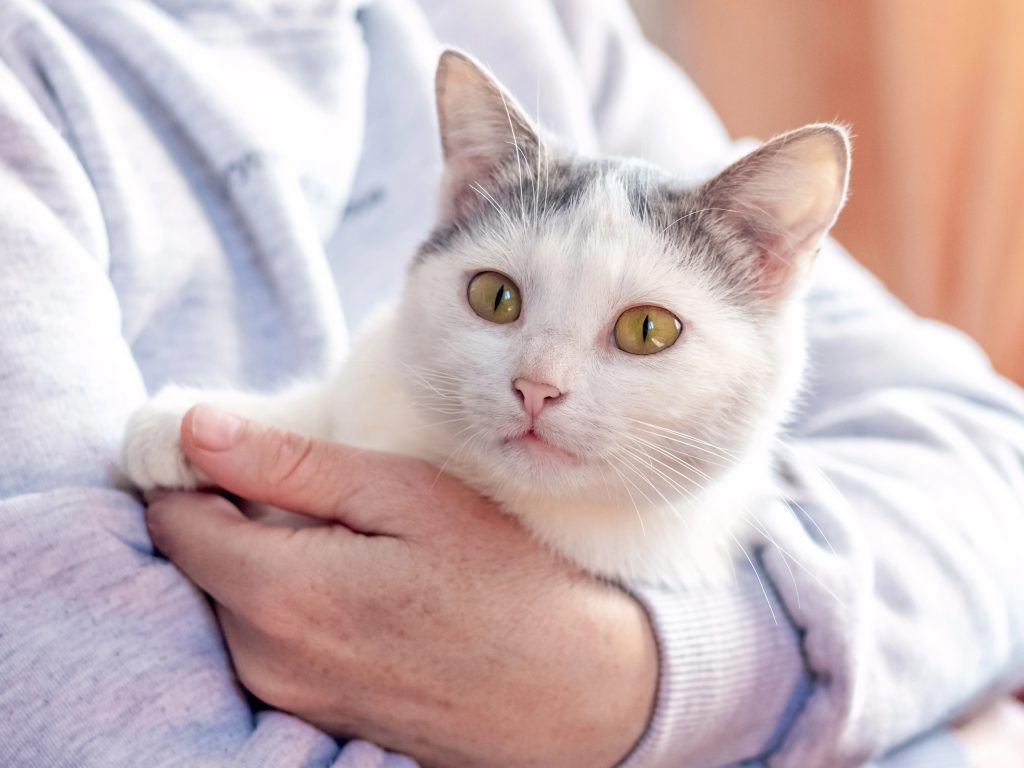
Did you know that as much as 30% of brain function in cats is lost in the long term when there is too little mental stimulation? That is not triviait is an wake-up call for anyone who leaves their feline companion behind when they go out. Cats are notoriously very independent animals, but lots of them miss routine, companionship, and even a bit of technologically-aided TLC when the people who love them head out.
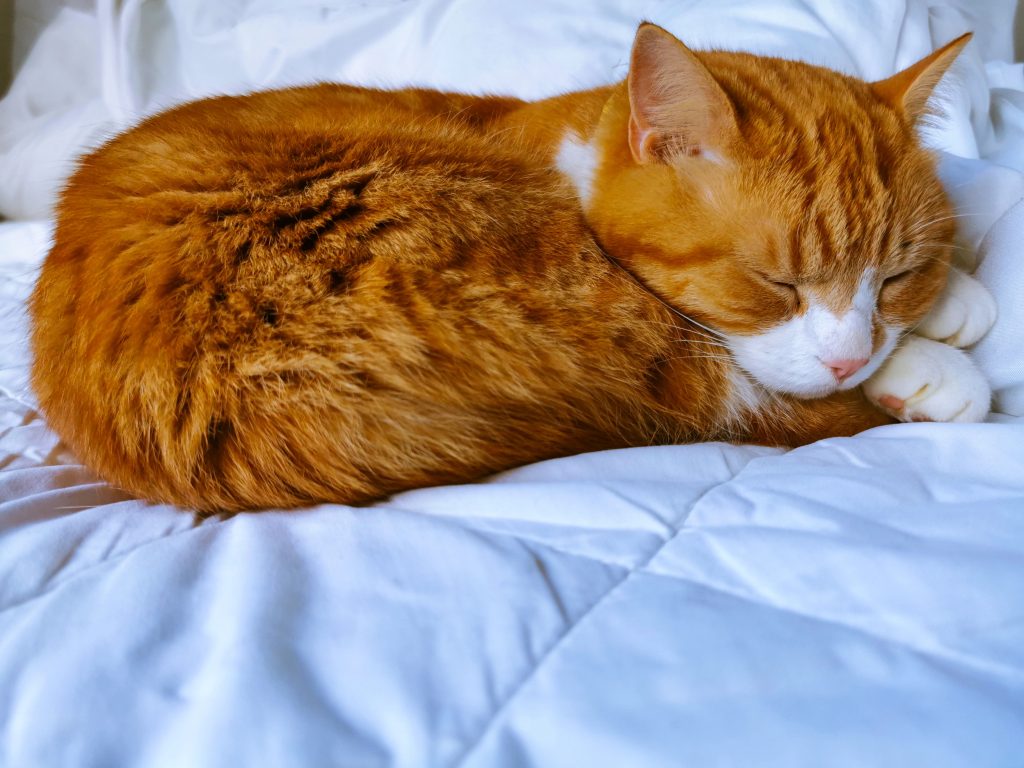
The move to hybrid work and increased travel in 2025 means that lots of cat parents are looking for smart, science-backed methods to leave their cats stress-free and content while they’re away on those long journeys. Here’s a new take on the top-most effective and sometimes unexpected methods now being used by cat experts and enthusiasts alike to make time alone less lonely for our beloved fur babies.
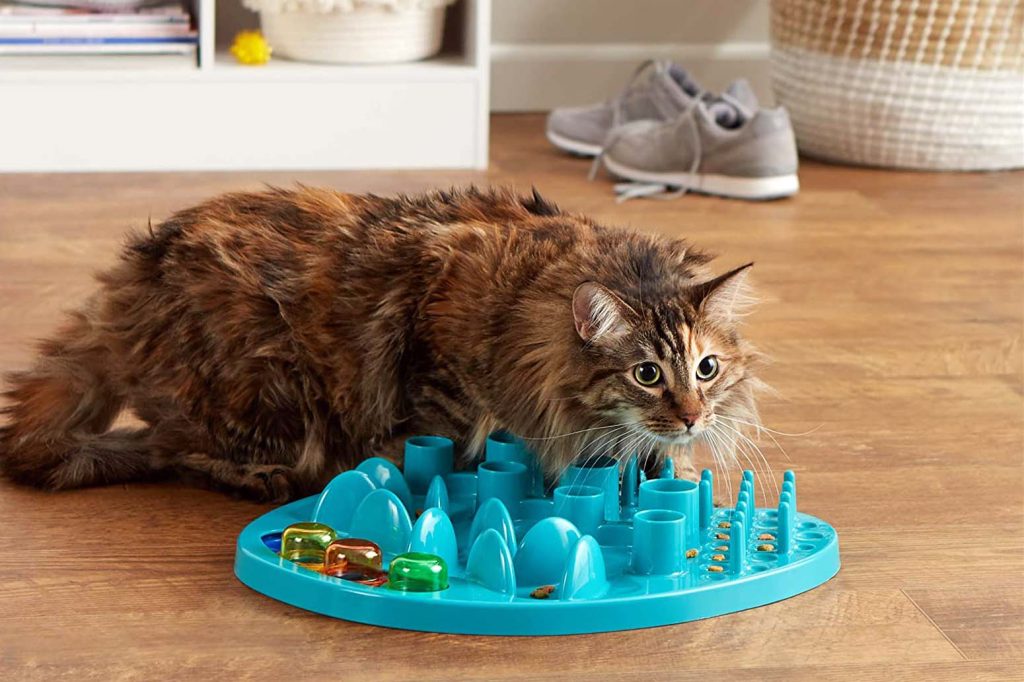
1. Interactive Toys and Food Puzzles: The Ultimate Boredom Busters
Felines require more than a cozy place to snoozethey require physical and mental play. As Dr. Stephanie Globerman describes, “These kinds of interactive cat toys provide your home cat with something to pursue and hunt at, and an outlet for their hunting instinct and prey drive.” Food puzzle toys and motorized toys not only exercise cats’ bodies but also exercise their minds, and keep them from becoming bored and engaging in such activities as scratching furniture or meowing continually.
A study in the Journal of Feline Medicine and Surgery found that cats using food puzzles lost between 6.4% and 20% of their body weight over a yearand, more importantly for solo kitties, problem behaviors like inappropriate urination and agitation dropped dramatically. High-quality interactive toys are also built to last, so investing in a few can mean years of happy, healthy playeven when you’re not home.
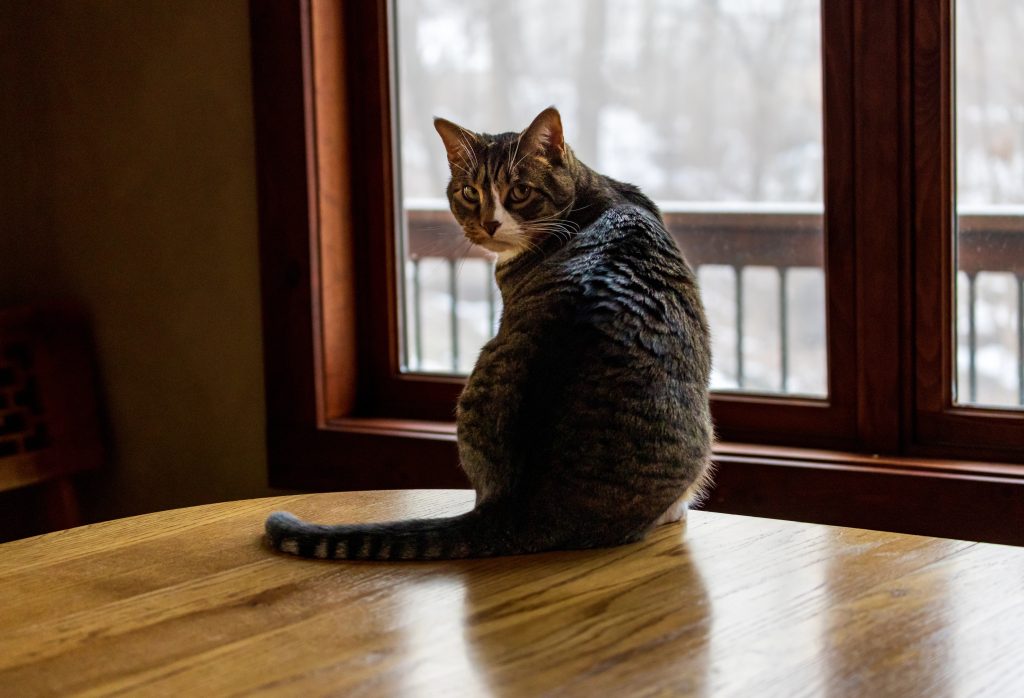
2. Window Perches and Cat TV: Entertainment With a View
Face it: cats are born observers. A sunbeam window perch is not a luxurya lifeline to the world beyond. Positioning a cat tree or cushioned perch near a window provides your cat with hours of entertainment as it watches birds, squirrels, and the always-interesting procession of neighborhood life. When it comes to visual stimulation, anxiety can be calmed and absence less of a nothing.
Fancy schmancy? Some cat owners now leave on “cat TV”YouTube videos of bird feeders, fish tanks, or soothing nature vistas. As behavioral experts would have it, soothing background noises and soothing images will soothe your cat, making your apartment less bare and more lively.
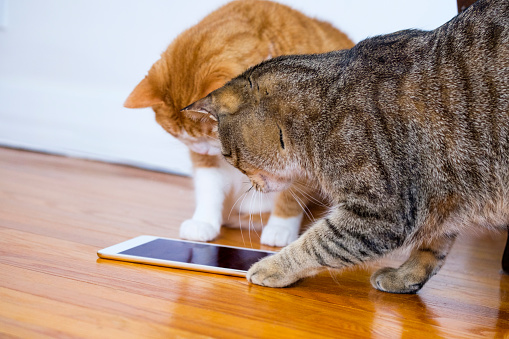
3. Gadget Solutions: Pet Cameras and Treat Dispensers
Miss your kitty at the office or when you’re out? Thanks to cutting-edge pet tech, you can pop in, hello, and even throw a treatall remotely from your phone. Two-way audio pet cameras and treat machines are a godsend for busy cat people. You can watch what your kitty’s doing, calm them down with your voice, and reward good behavior in real-time.
Not only is this an assuring move, but it also gets your cat used to having you leave the house and associate it with positive experiences. Some devices even enable you to preprogram treat releases or playtime, giving your cat a routine that can help alleviate separation anxiety.
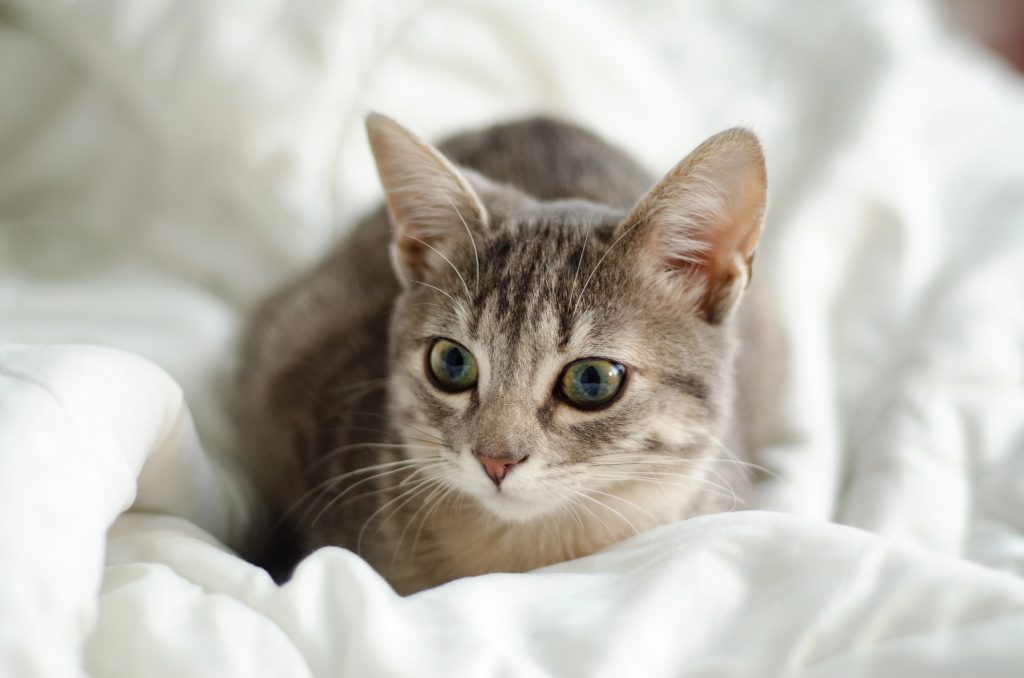
4. Calming Pheromones: Stress Relief Backed by Science
For particularly anxious cats, synthetic pheromone diffusers may be a wild card. In a placebo-controlled, randomized trial, families that employed a cat-appeasing pheromone experienced a dramatic reduction in aggression and stress behaviorparticularly in multi-cat families. The impact was visible within two weeks and was sustained even after the diffuser was discontinued.
These devices mimic the natural pheromones a mother cat releases to calm her kittens, putting adult cats at ease. Plug one in before you leave, and you may notice less pacing, less meowing, and a general calmer environment when you return home.
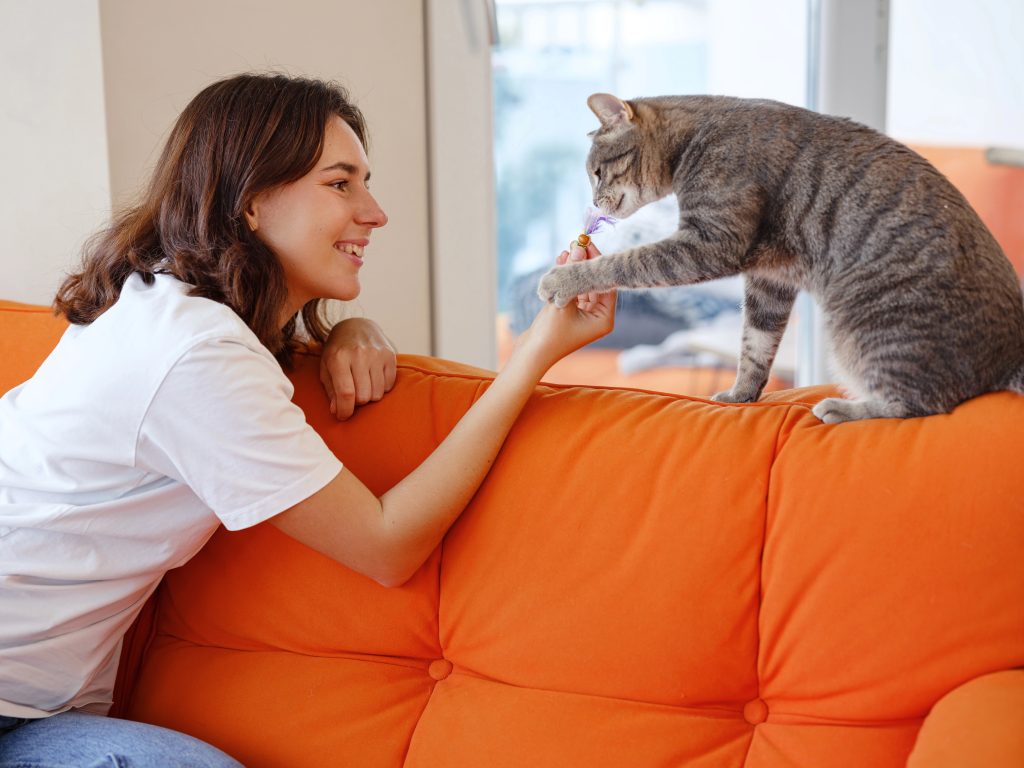
5. The Power of Play: Quality Time and Variety Matter
Play is not only enjoyableit is also important to your cat’s health. A study of over 1,500 cat owners from around the world discovered that cats that played more games with more variety were scored higher in quality of life and affectionate relationships with their owners. It seems it is not so much about how often you play, but how many different games you play rotation.
Without play, cats get attention-needy, demanding. Even destructive. As one of the survey respondents labeled, “He acts to get my attention; does things he knows he shouldn’t do, e.g., jumping on top of cabinets.” Altering play sessions with wands, laser pointers, and puzzle feeders keeps them interesting and challenging, before leaving and upon return.
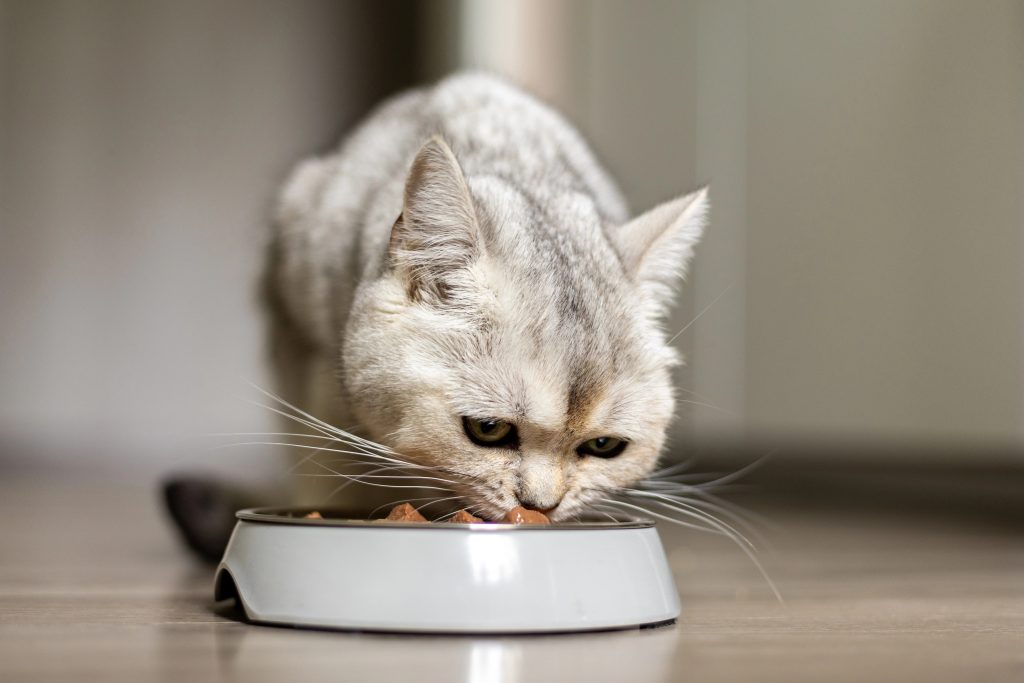
6. Regular and Gradual Goodbyes: Predictability is a Nerve Calmer
Cats are routine animals and sudden changes in routine can be a recipe for stress. Professionals advise sticking to regular feeding, play, and leave times as much as is possible. If your job schedule is soon to alterfor instance, going back into the officestart to leave your cat alone for short periods and then progressively extend the periods.
Don’t make a fuss about coming and going. According to WebMD, “If you come and go without making a fuss, your cat will see that it’s nothing to make a fuss about.” This non-dramatic approach enables your cat to understand that your coming and going are nothing out of the ordinary and not a reason for them to panic.
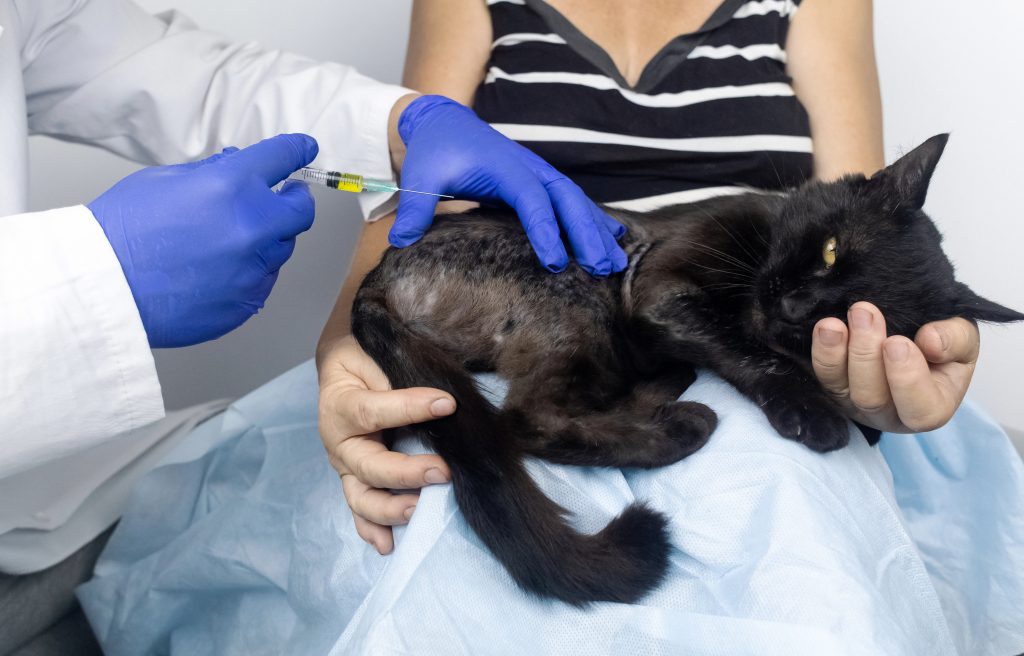
7. When to Call in the Experts: Identifying Severe Anxiety
Other times, despite your best efforts, a cat’s fearfulness is more than you can manage on your own. Over-grooming, constant meowing, or refusal to eat can be signs of a deeper issue. If you see these warning signs, it’s time to bring in the vet or a cat behaviorist.
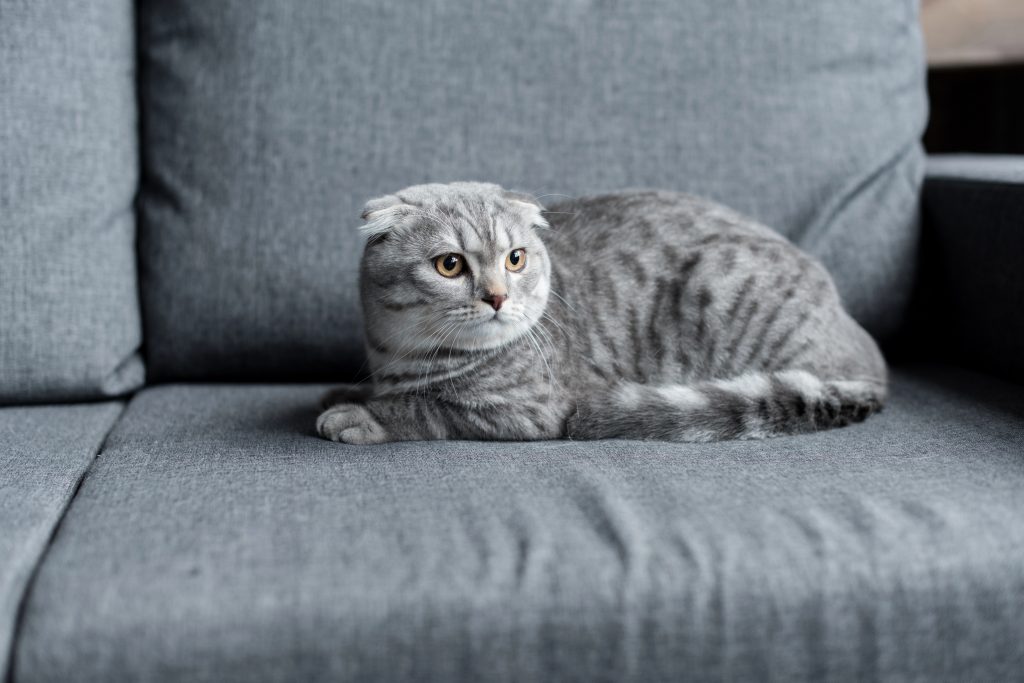
They can eliminate medical reasons, recommend complex behavior strategies, or, in extreme instances, prescribe medication to assist your cat in managing. As the ASPCA Pet Health Insurance reminds us, “Your cat’s mental health is just as important as their physical health.”
Adult cat maintenance isn’t merely grub and a roofit’s building a joyful, secure, and engaging space, even when you’re not present. Through combining play periods, technology fixes, calming items, and a sprinkle of schedule, you can have your cat enjoy solitary time and welcome you home with purrs. Because a happy cat equals a happier homefor you too.


